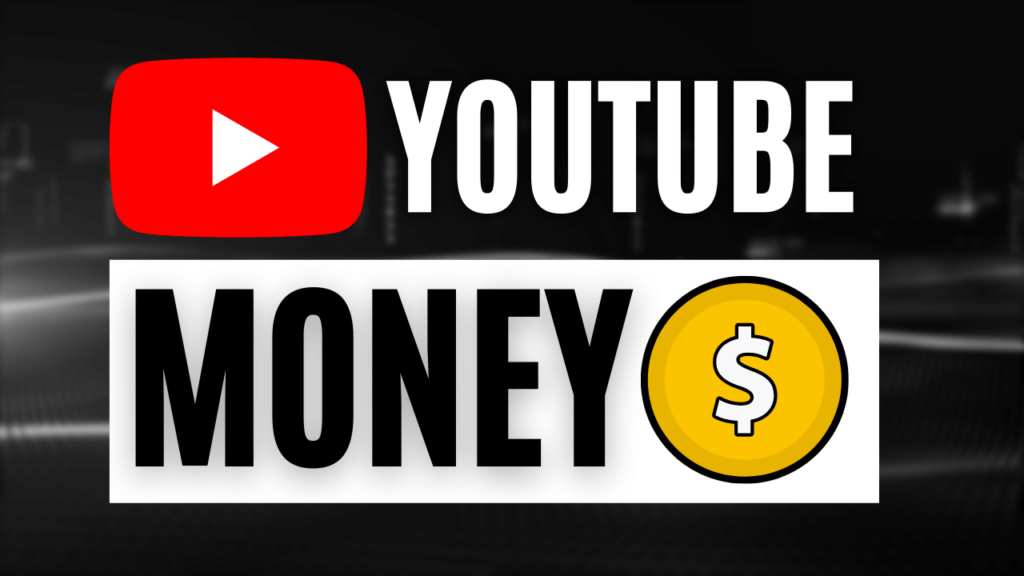Introduction: YouTube has become an indispensable platform for content creators looking to reach an international audience while potentially earning money in the process. Many aspiring creators wonder what percentage YouTube pays and which factors impact earnings; we will explore all of these questions and more as part of this blog post! We will look at various monetization methods, factors affecting payments and strategies for increasing revenue streams on the platform.

1. Monetization Methods on YouTube: YouTube provides several avenues for creators to monetize their content on its platform, such as:
Ad Revenue Sharing:
Ad revenue sharing is often the cornerstone of YouTube creators’ incomes. YouTube displays ads before, during, or alongside videos and shares a percentage of this advertising revenue with them; how much each ad view earns can depend on factors such as format type/rate combination/viewer demographics/engagement rates etc.Channel Memberships:
Creators with an established following and engaged community can offer channel memberships where viewers pay a monthly subscription fee in exchange for accessing exclusive perks like badges, emojis and behind-the-scenes content – with creators receiving part of these fees as compensation.Super Chat and Super Stickers: During live streams and Premieres, viewers can purchase Super Chat messages or Super Stickers that highlight their messages or animated images within chat conversations. Creators receive a share of revenue generated through these interactions.
YouTube Premium Revenue: YouTube Premium is a subscription service that enables ad-free viewing and provides access to exclusive content, while creators receive part of the revenue generated from subscriber subscriptions based on how often their viewers watch the videos they make available through this platform.
Creators can use the merchandise shelf feature to showcase their merchandise directly below their videos and when viewers purchase products through this feature, creators earn a percentage of sales as commission.
2. Influences on YouTube Earnings:
While YouTube provides plenty of monetization opportunities, it is essential to realize that earnings may vary greatly based on a range of factors:
Views and Engagement: A video’s number of views and viewer engagement (likes, comments, shares) plays a pivotal role in its earnings potential; greater views often translate to increased advertising revenue.
Ad Formats and Rates:
Different ad formats such as skippable ads or non-skippable ads yield differing rates of revenue, and rates can fluctuate based on factors like advertiser demand, time of year and content relevancy to advertisers.Ad Blockers:
Ad-blocking software and browser extensions can greatly limit how many ads viewers see, impacting ad revenue negatively. Creators should diversify their revenue streams to offset these effects of ad blockers.Geographic Location:
Viewers’ geographic locations can have an effect on advertising rates and earnings. Advertisers may target specific regions, leading to either higher or lower ad rates based on where their audience resides.
3. Maximizing YouTube Revenue:
YouTube creators who wish to maximize their earnings on YouTube can employ these strategies:
Provide Consistent, High-Quality Content: Crafting content that resonates with viewers, sustains their interest, and fosters engagement is of utmost importance. Consistency in uploading videos that add value can increase subscriber numbers as well as your ad revenue potential.
Audience Development and Engagement:
Building an engaged community is of utmost importance. Encouraging viewers to subscribe, like, comment and share videos is an excellent way of increasing visibility, drawing in new viewers and improving overall engagement metrics.Diversifying Revenue Streams:
Relying solely on advertising revenue could limit income potential. Exploring other monetization avenues like brand partnerships, sponsorships, merchandise sales, crowdfunding and direct fan support platforms like Patreon can bolster YouTube earnings and diversify revenues streams.Staying Up-to-Date With Policies: YouTube’s monetization policies and guidelines change from time to time, so staying informed on any developments as they arise is key to maintaining eligibility for their monetization programs.
Conclusion: YouTube can offer creators opportunities to earn money, although how much depends on numerous factors. Monetization methods on YouTube such as advertising revenue sharing, channel membership fees, Super Chat/Super Stickers subscription fees, and merchandise shelf revenues are among its primary methods of earning. But to maximize earnings requires consistent high-quality content production that resonates with a strong and engaged audience and diversified revenue streams; creating effective strategies can increase the creator’s potential earnings on this platform.